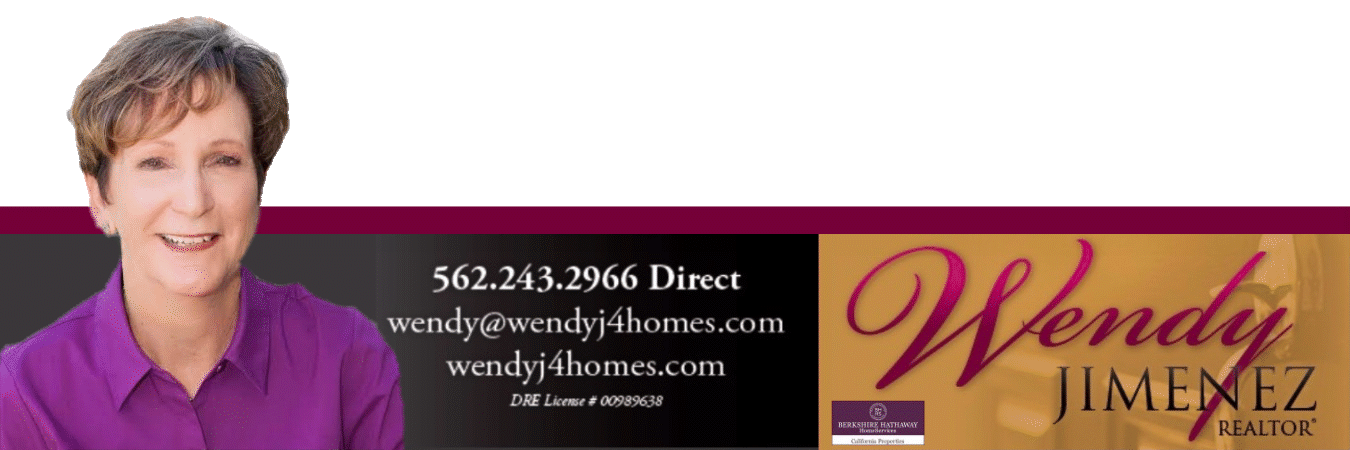Pick up any kitchen magazine and you’ll find a story about the latest and greatest design trends. Some, like shaker cabinets, have staying power, while others fall out of vogue almost as quickly as they appeared (we’re looking at you farmhouse sink). Given the fact that trends, by definition, come and go, it only makes sense that granite countertops will eventually lose their place as the must-have material. And while granite countertops remain one of the most popular design features, some interior designers suggest we’ve reached the end of the granite countertop trend.
As far as countertops are concerned, granite is a material that wasn’t widely used until the late 80s. However, it wasn’t until the late 90s and early 2000s that it became the material of choice that it is today. With it’s near ubiquitous presence in kitchens across the country, granite is still one of the most popular countertop options you can choose; it’s just not as in demand as it once was.
There’s lots to love about granite. It’s durable, looks good, and is becoming more affordable. That being said, granite appears to have become a victim of its own popularity. Homeowners are individuals, and individuals like their homes to be a reflection of their personalities. For many, granite is just too mainstream. But there’s a bigger reason fewer homeowners are choosing it: in recent kitchen designs the countertop is less and less of a focal point and granite is almost impossible not to notice.
There’s lots to love about granite. It’s durable, looks good, and is becoming more affordable. That being said, granite appears to have become a victim of its own popularity. Homeowners are individuals, and individuals like their homes to be a reflection of their personalities. For many, granite is just too mainstream. But there’s a bigger reason fewer homeowners are choosing it: in recent kitchen designs the countertop is less and less of a focal point and granite is almost impossible not to notice.
Today’s kitchen styles are becoming more understated and neutral. Given that a kitchen’s color theme determines countertop selection, you’ll find that homeowners are choosing countertops that seamlessly blend into the rest of the kitchen, rather than stand out. While it’s difficult to achieve a neutral look with granite, it’s decidedly easier when using more subtle materials such as marble, soapstone, and quartz. Not surprisingly, these are the materials that more and more homeowners are demanding.
If you’re getting ready to remodel your kitchen you’ve likely given a lot of thought to what kind of countertops to go with. The fundamental question to ask yourself is who are you remodeling for? If you’re remodeling for yourself and not planning on moving anytime soon, choose the materials that you like most. If that means granite, go with granite. However, if you’re remodeling with an eye towards selling soon, we advise going with a more neutral option. You’ll get the classy, upscale look you’re going for, but not at the risk of alienating potential buyers who don’t care for granite

